 | « Back to article | Print this article |
Incredible images depicting the scientific world give a beautiful insight into the academic world.
A shortlist of images from the Royal Photographic Society's science photographer of the year competition has been released and includes images from the macroscopic to the microscopic.
The winning images will be revealed in October to coincide with the opening of the free exhibition.
The Science Photographer of the Year exhibition will run at the Science Museum from October 7-January 5.
(Click on the images for full-screen resolution)

Bubbles want to optimise space and minimise their surface area for a given volume of air. This unique phenomenon makes them a reliable, useful tool in many areas of research. In particular, materials science and 'packing' - how things fit together. Bubble walls drain under gravity, thin at the top, thick at the bottom and interferes with travelling lightwaves to create bands of colour. Black spots show the wall is too thin for interference colours, indicating the bubble is about to burst!
Photograph: Kym Cox/RPS
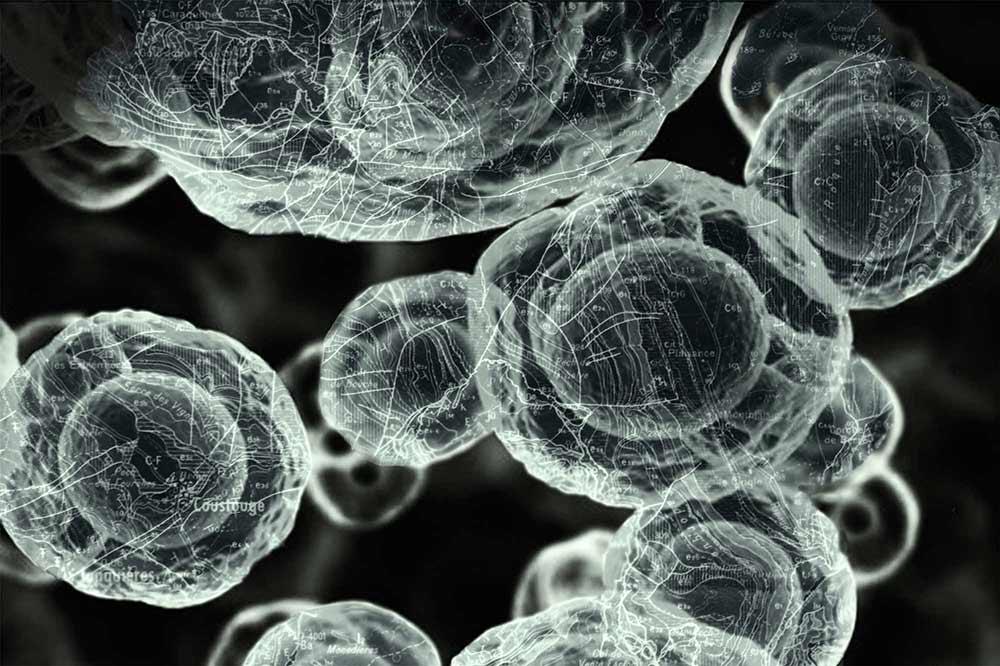
Final Major Project for an MA Photography Falmouth University. Project: Mapping 1, Post Exertional Malaise. Mapping 1, focuses on discovering the research behind Myalgic Encephalomyelitis. Through exploration of perspective, complexities, and scientific multidisciplinary collaborations, I create imagery that explains, reveals and connects us consciously to the ambiguous and unknown.
Photograph: Yasmin Crawford/RPS
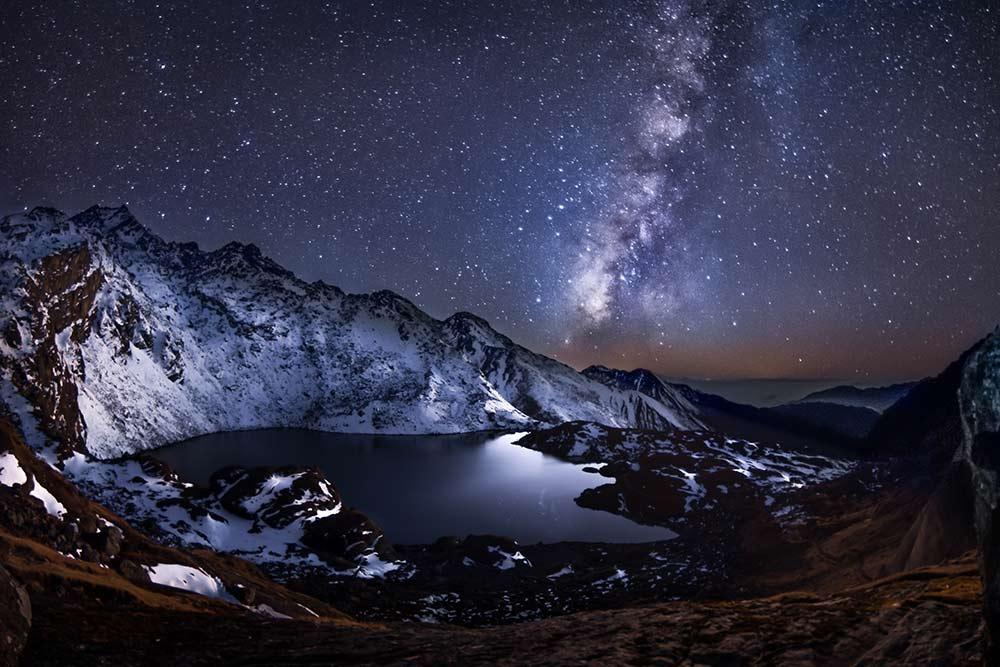
Himalayas mountains, Nepal. Gosaikunda high-mountain lake. Point of shooting - 4400m. The Milky Way is the galaxy that contains the Solar System, with the name describing the galaxy's appearance from Earth: a hazy band of light seen in the night sky formed from stars that cannot be individually distinguished by the naked eye. The Milky Way is a barred spiral galaxy with a diameter between 150,000 and 200,000 light-years It is estimated to contain 100,400 billion stars
Photograph: Yevhen Samuchenko/RPS
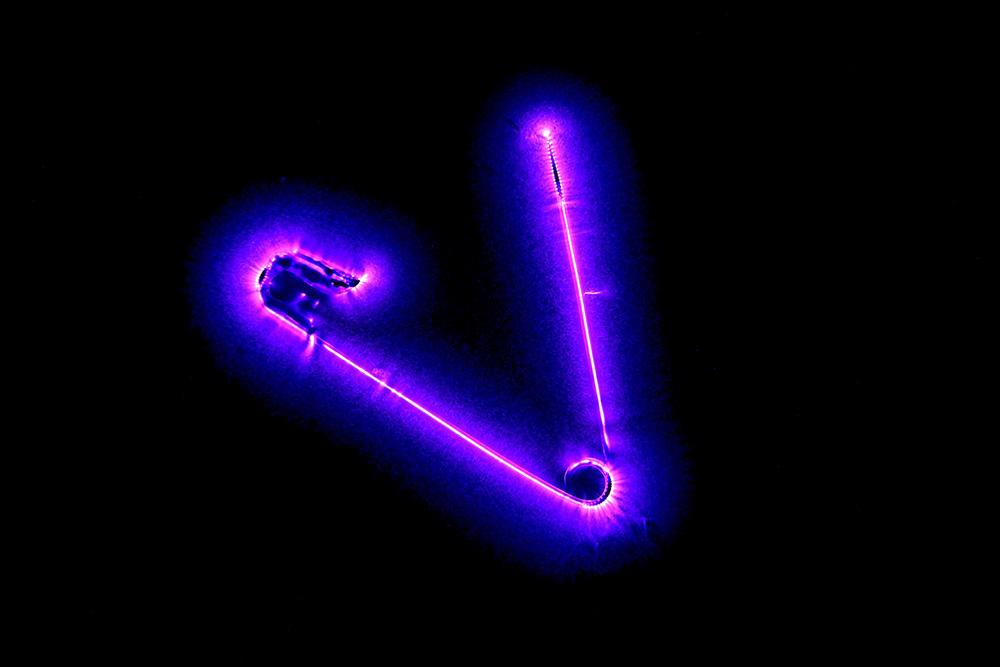
A safety pin is connected to a high tension AC generator. The pin ionizes the air around it. When the electrons fall back on an atom, the excess energy is emitted as a photon, which generate the corona glow around the pin. The fuzziness of the pin is because the camera did not actually capture light reflected on the pin but rather the light emitted by the ionized light around it.
Photograph: Richard Germain/RPS
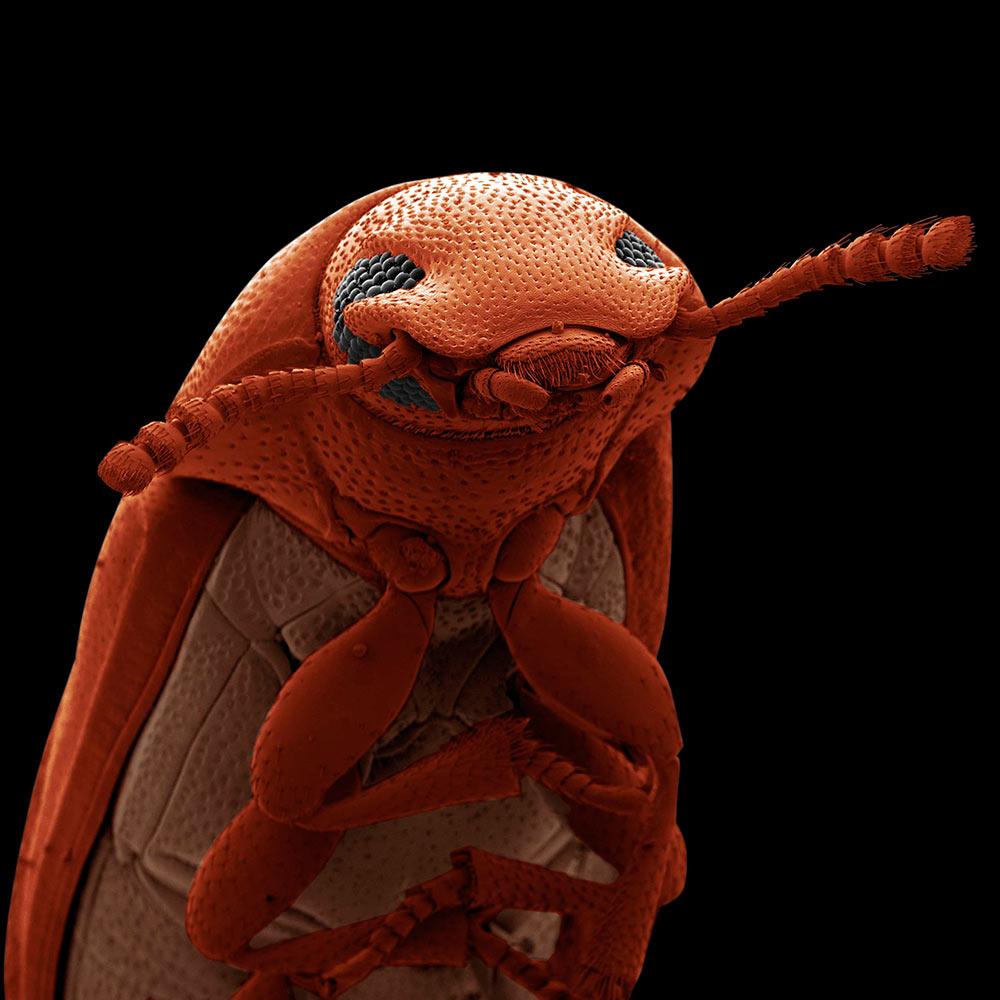
This small beetle is a pest in stored grain and flour products. The image was captured by a scanning electron micrograph and was then coloured in Photoshop.
Photograph: David Spears/RPS

The North America Nebula, NGC7000, is an emission nebula in the constellation Cygnus, close to Deneb. The remarkable shape of the nebula resembles that of the continent of North America, complete with a prominent Gulf of Mexico. The Cygnus Wall, a term for the "Mexico and Central America part" of the North America Nebula, exhibits the most concentrated star formations in the nebula.
Photograph: Dave Watson/RPS
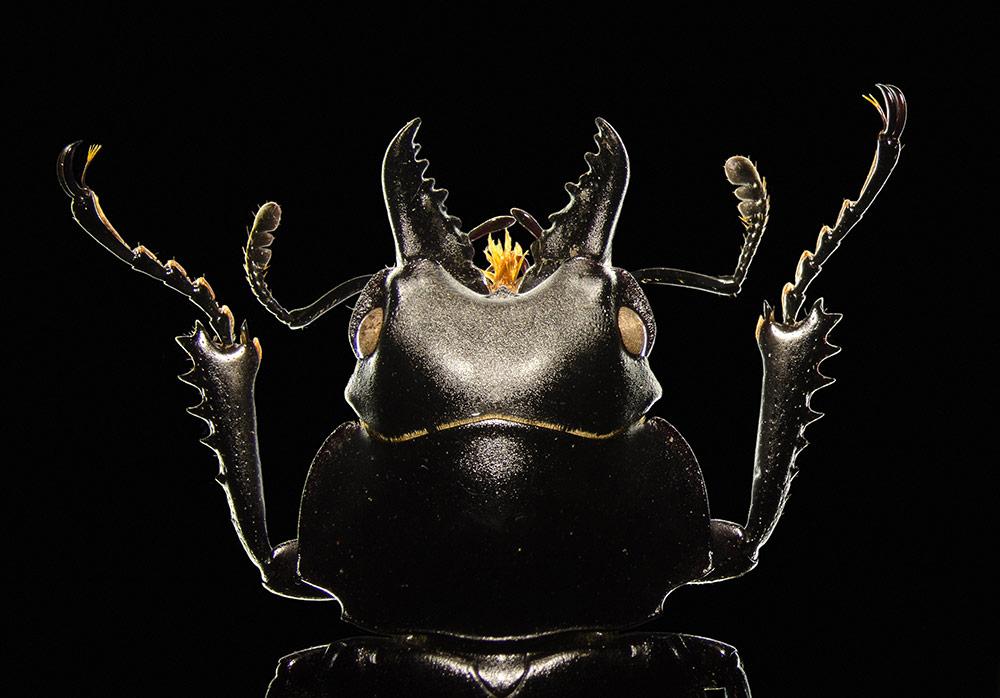
This image of a Stag Beetle used light microscopy with a magnification of five times to capture the photo.
Photograph: Viktor Sykora/RPS
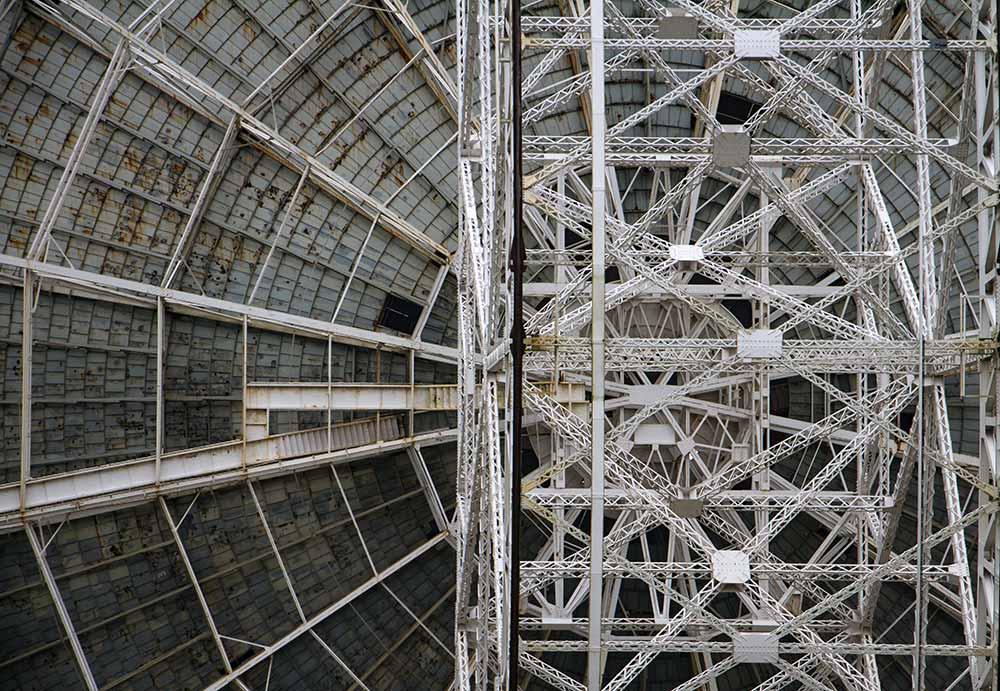
I have always been fascinated with the Lovell Telescope at Jodrell Bank since I went on a school trip as a child. Here, I wanted to take a series of closer, more detailed and more honest shots than we often see. Exploring the multitude of shapes and exposing the wear of the telescope, each photo in the series stands alone or can be viewed collectively. Either way, they present a powerful portrayal of machine that helps humankind in their endeavours to understand space and time.
Photograph: Marge Bradshaw/RPS
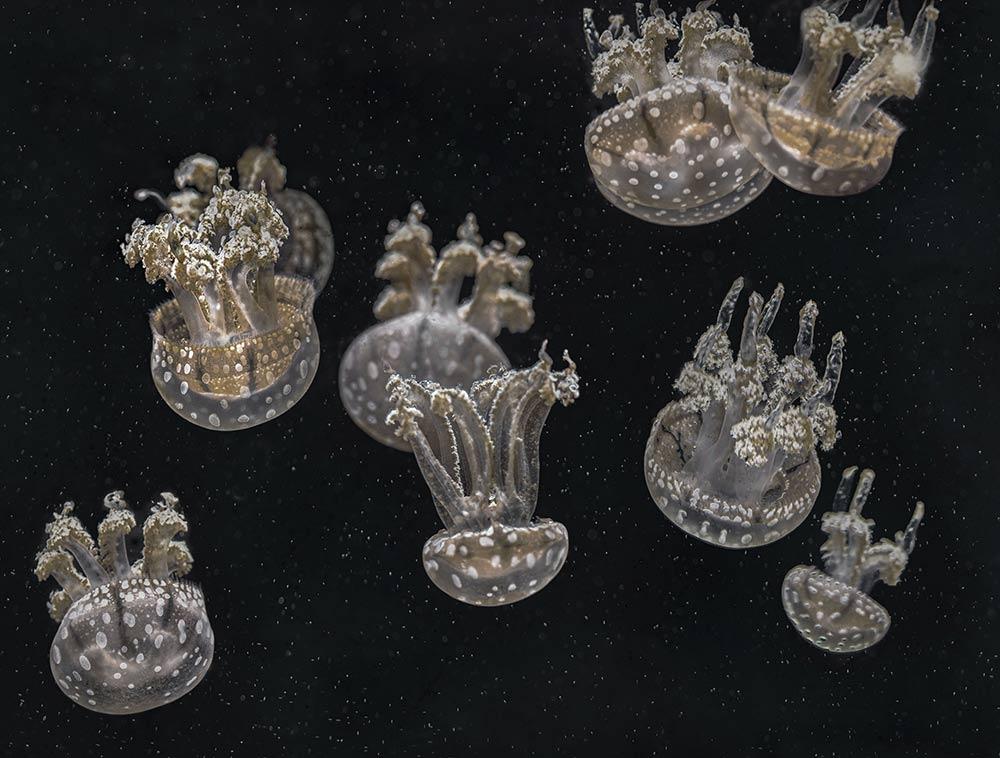
Instead of swimming, this species spends its time pulsing up and down in the water. Their diet is sea plankton and their coloration comes from the uptake of algae in the water. Some jellyfish species have been documented eating plastics in the ocean. One theory suggests that algae grows on the plastic. As it breaks down, the algae creates the odour of dimethyl sulfide that attracts hungry animals.
Photograph: Mary Anne Chilton/RPS



